Heart shape captures variation in cardiac structure beyond traditional phenotypes of mass and volume. Although observational studies have demonstrated associations with cardiometabolic risk factors and diseases, its genetic basis has not been investigated. We utilised cardiovascular magnetic resonance images from 45,683 UK Biobank participants to construct a heart shape atlas from bi-ventricular end-diastolic surface mesh models through principal component (PC) analysis.
Genome-wide association studies were performed on the first 11 PCs that captured 83.6% of shape variance. We identified 45 significant signals, 14 were previously unreported for cardiac traits. Genetically-predicted PCs were associated with cardiometabolic diseases, including heart failure and myocardial infarction. In particular, those representing more spherical hearts were associated with higher atrial fibrillation risk. Our study explores the genetic basis of heart shape for the first time, reporting new loci and biology, as well as polygenic risk scores for exploring genetic relationships of heart shape with cardiometabolic diseases.
PCA Mode 1 showing variations in heart size
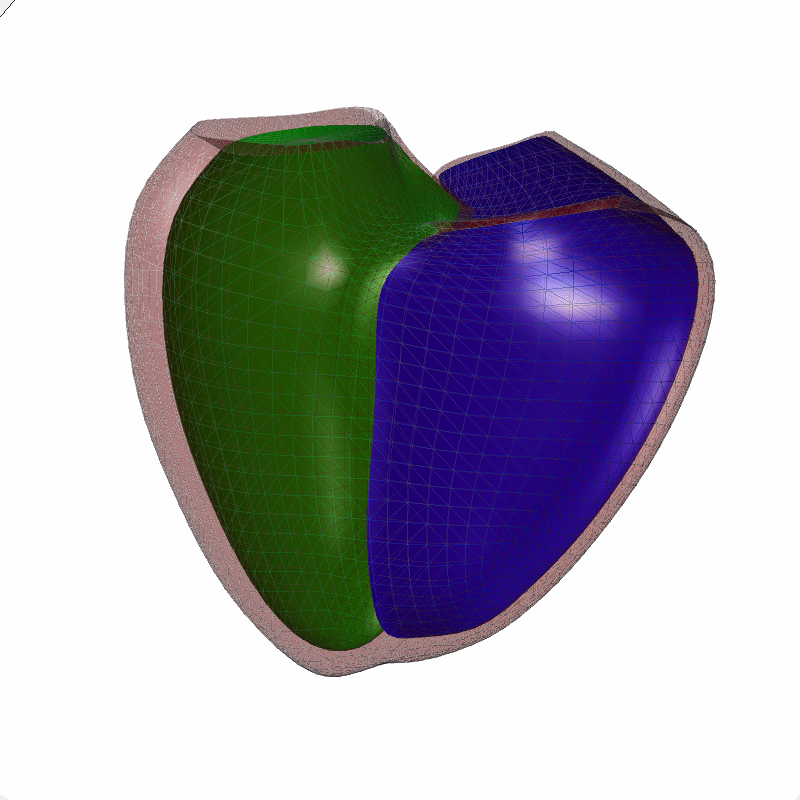
Anterior View
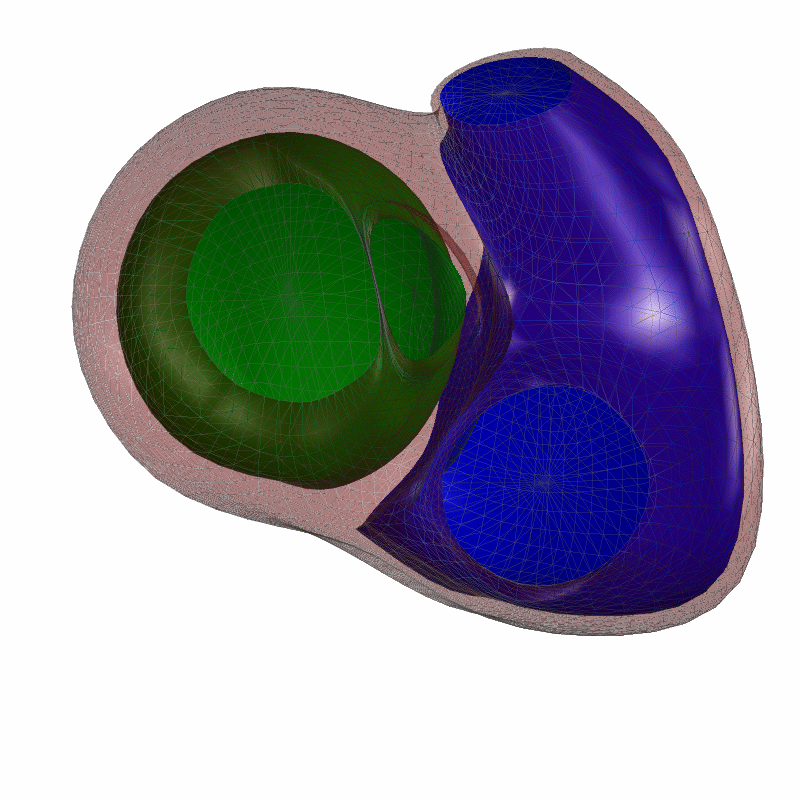
Basal View
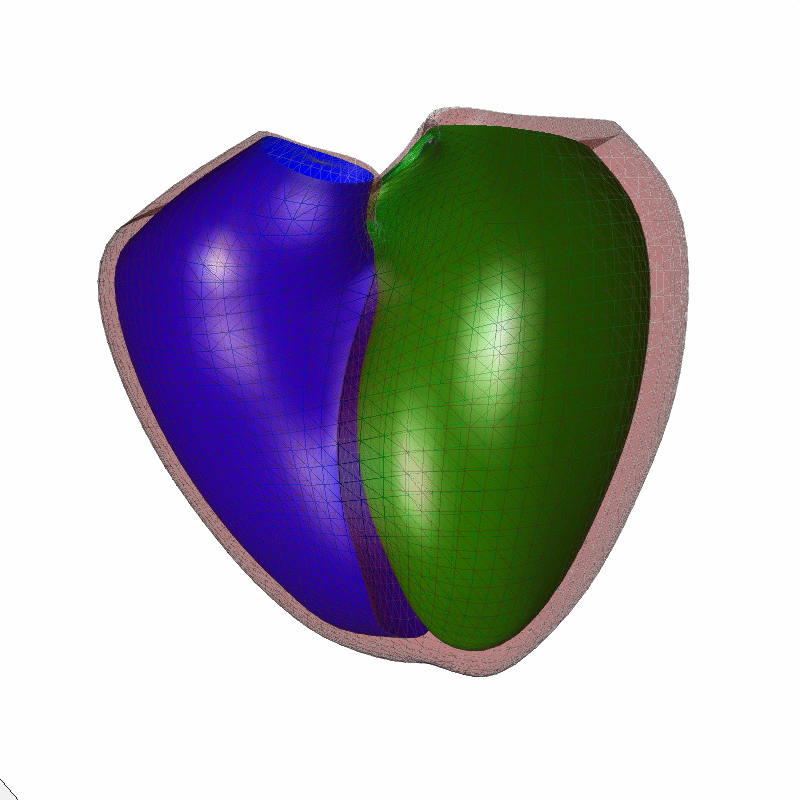
Posterior View
PCA Mode 2 showing variations in ventricular length
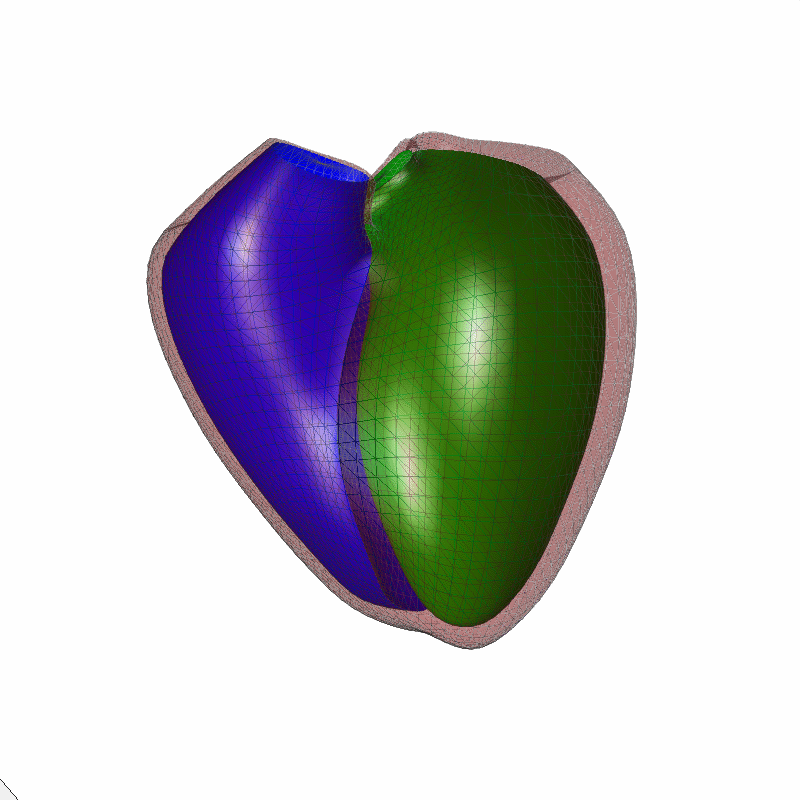
Anterior View
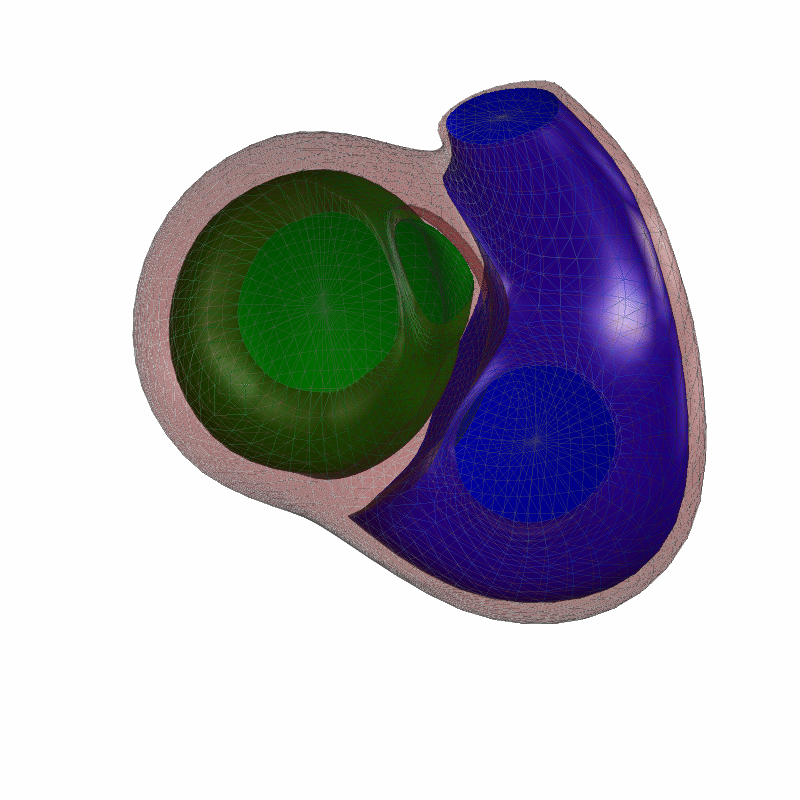
Basal View
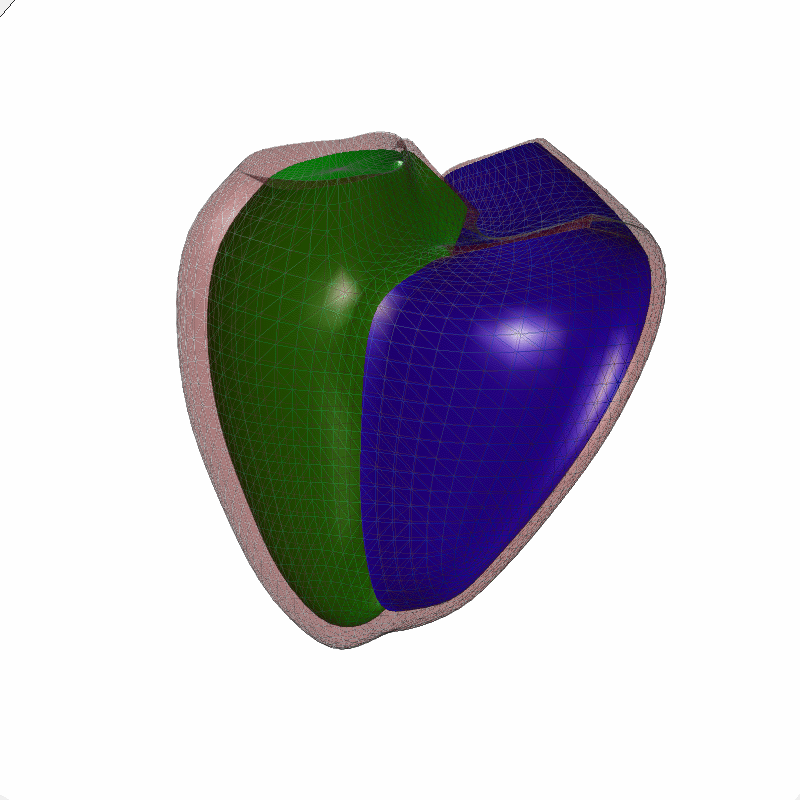
Posterior View
PCA Mode 3 showing variations in anterior-posterior width
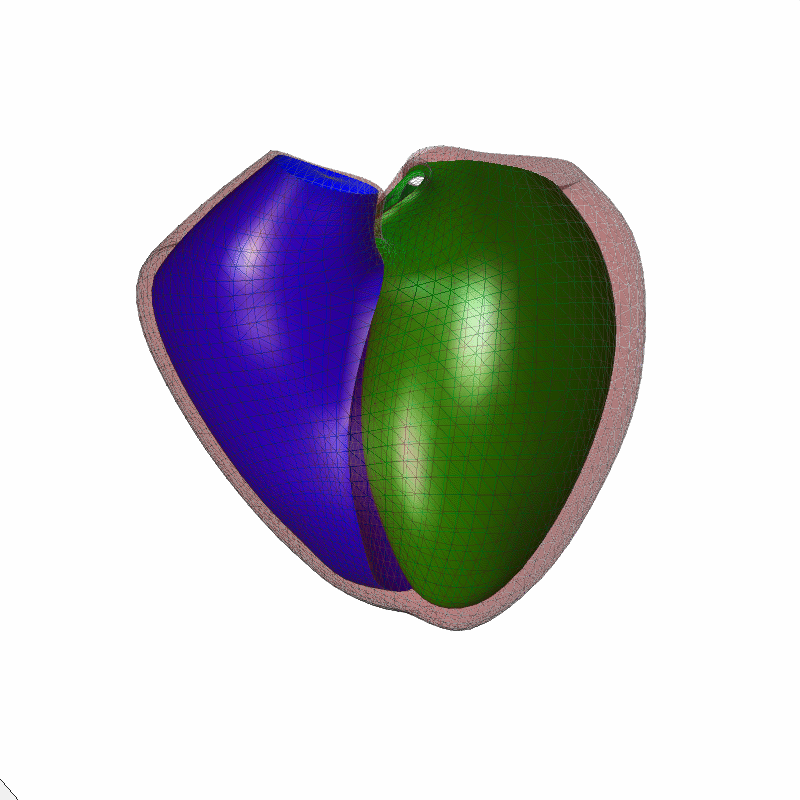
Anterior View
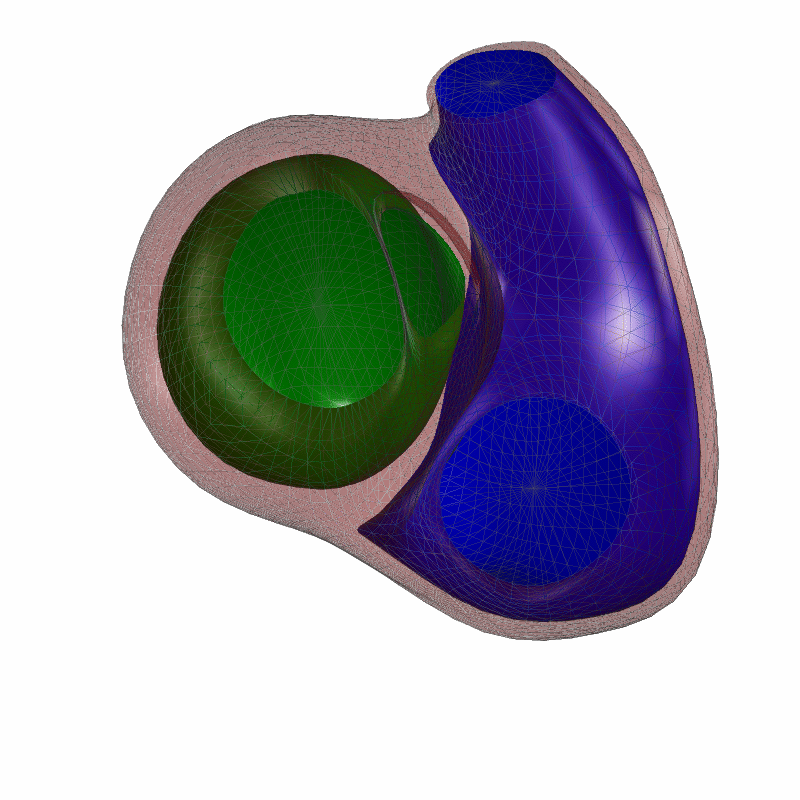
Basal View
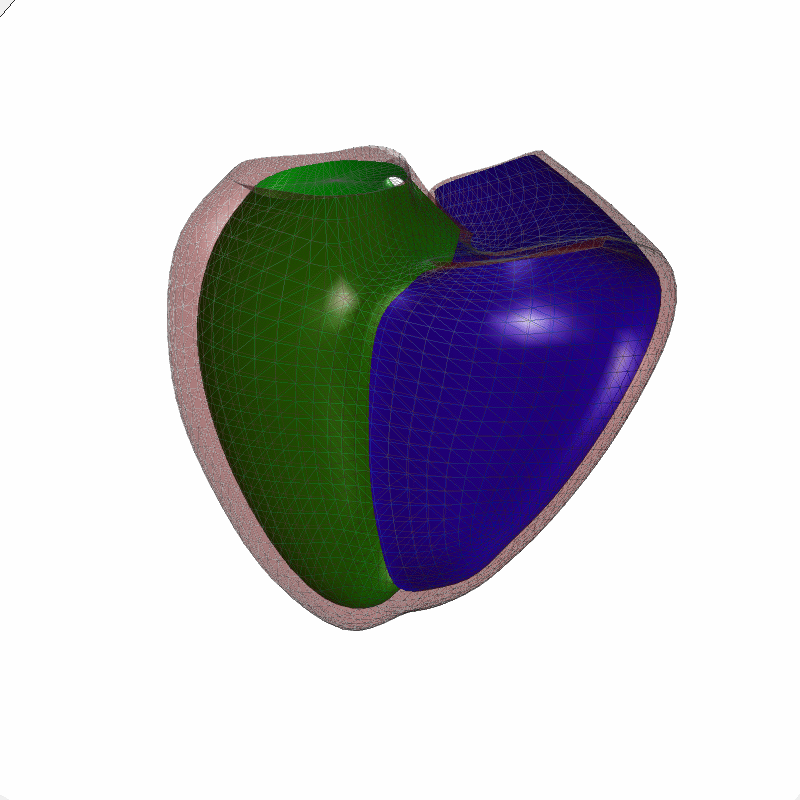
Posterior View
PCA Mode 4 showing variations in relative valve orientation
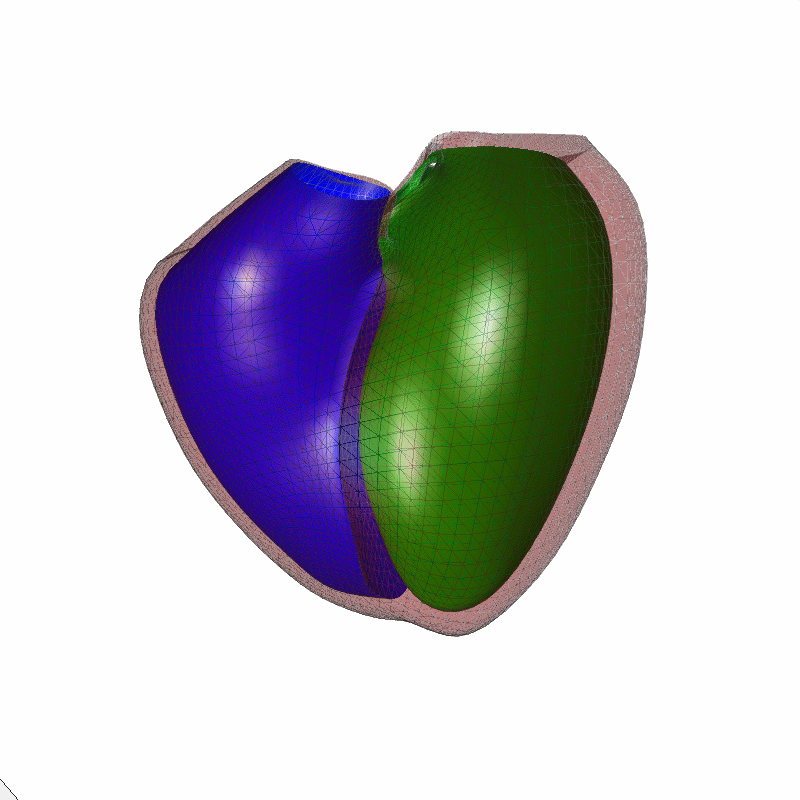
Anterior View
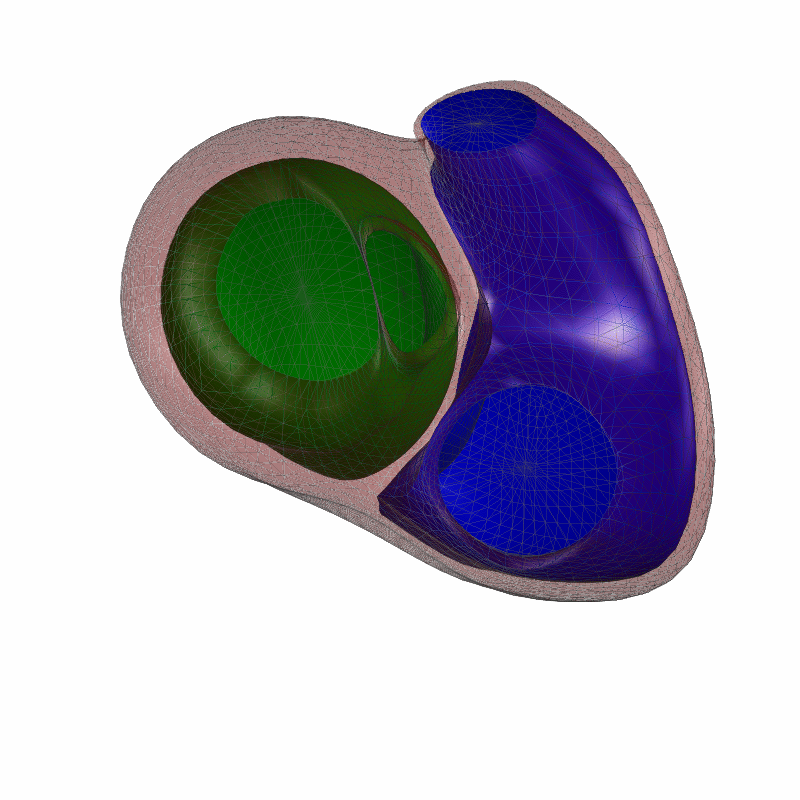
Basal View
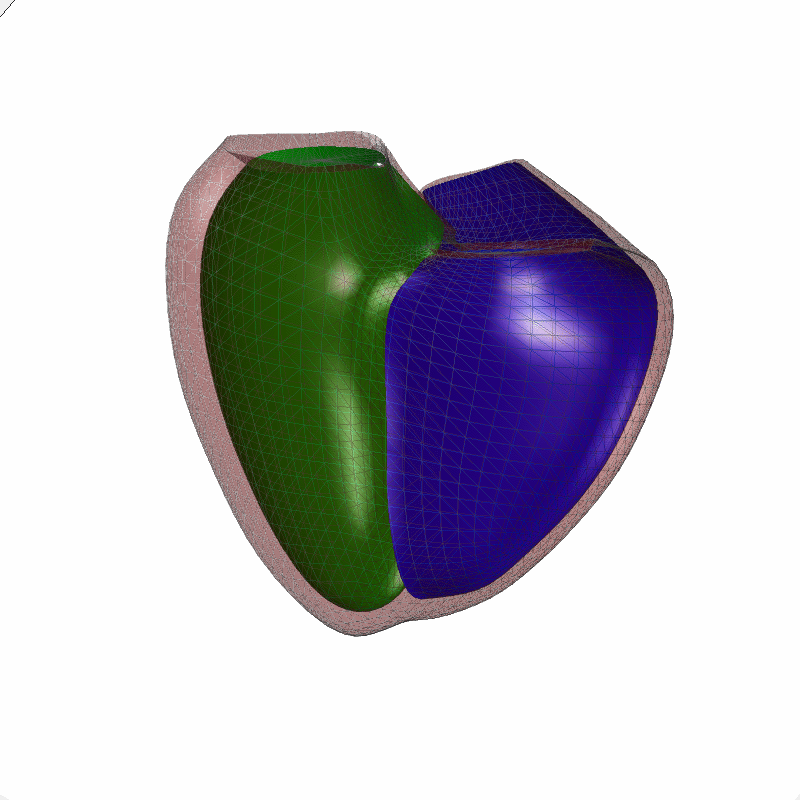
Posterior View
PCA Mode 5 showing variations in lateral-septal width
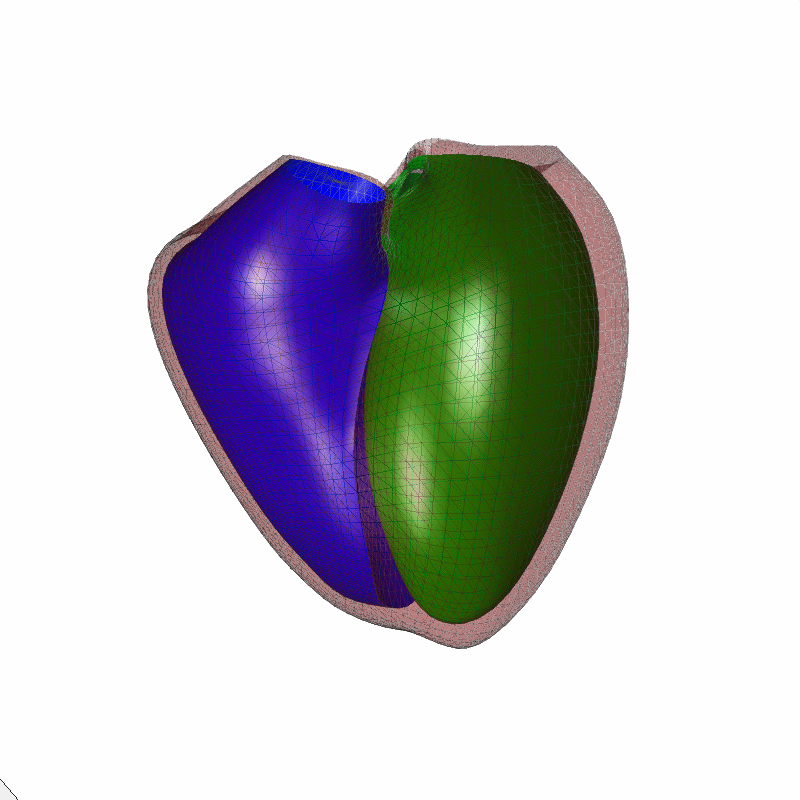
Anterior View
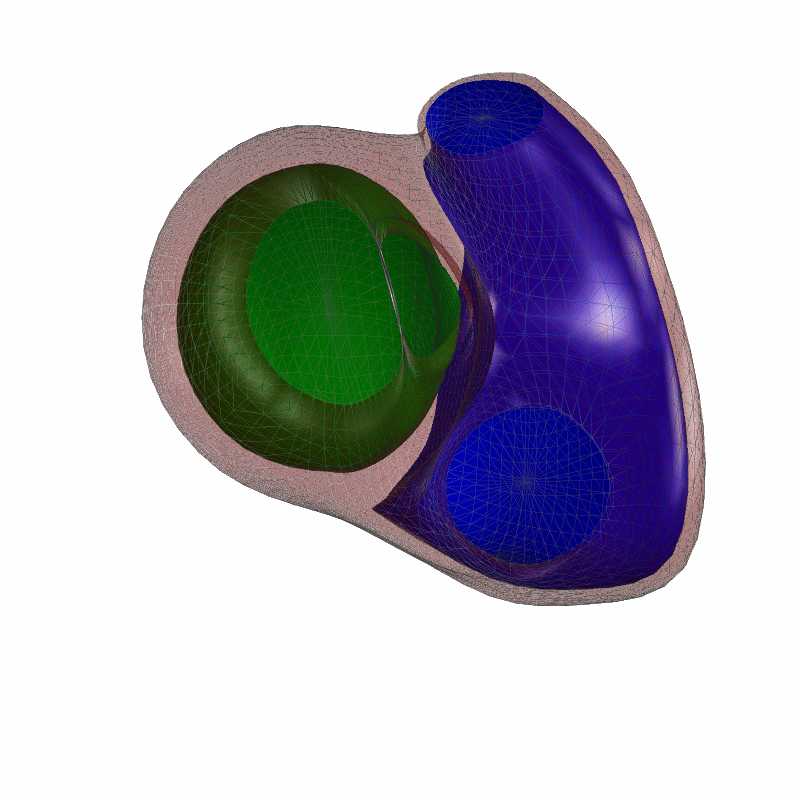
Basal View
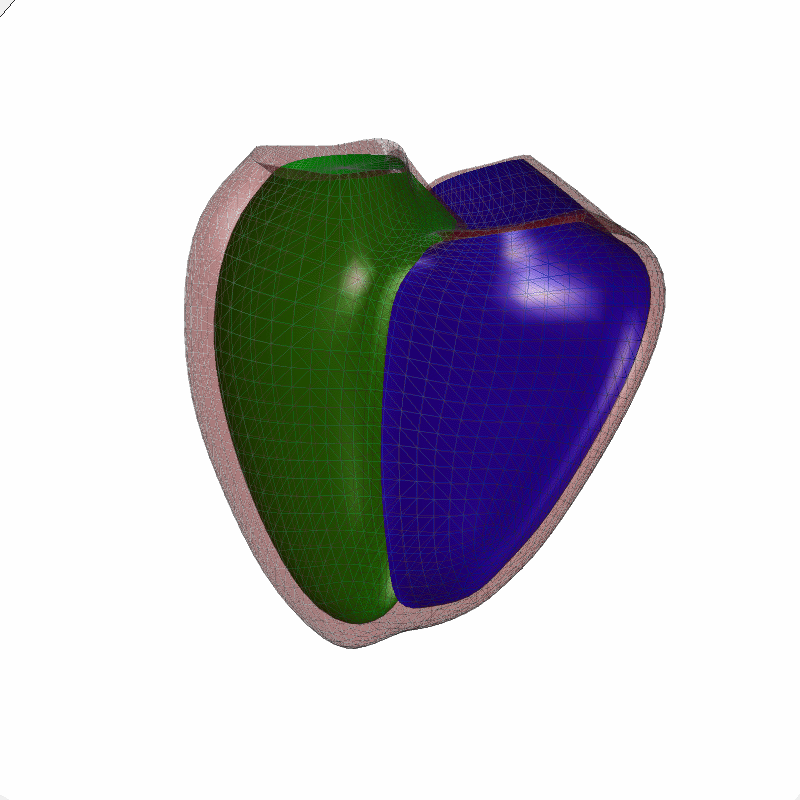
Posterior View
PCA Mode 6 showing variations in the right ventricular torsion of the tricuspid valve
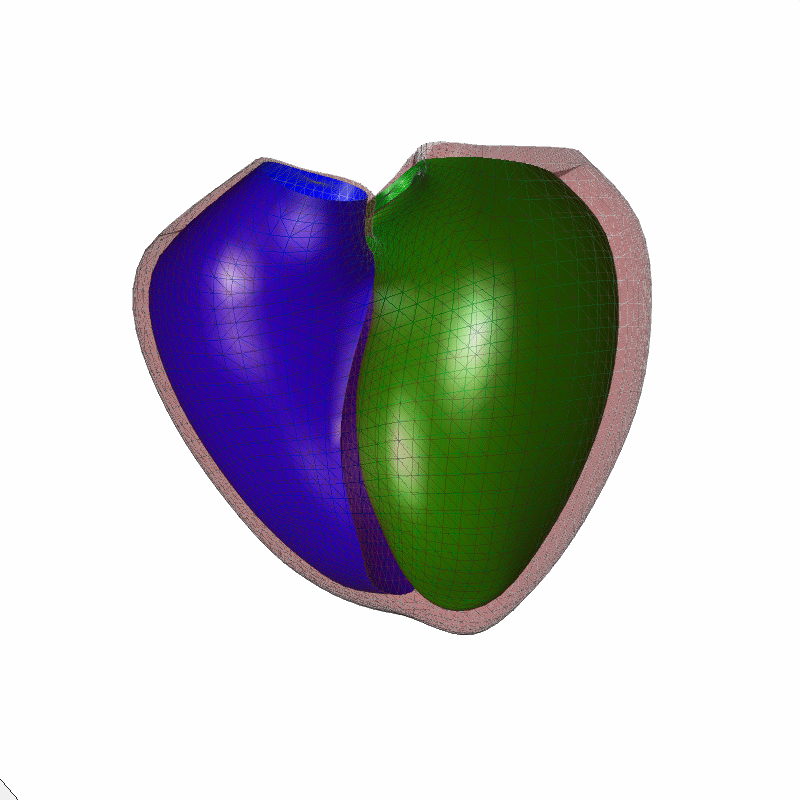
Anterior View
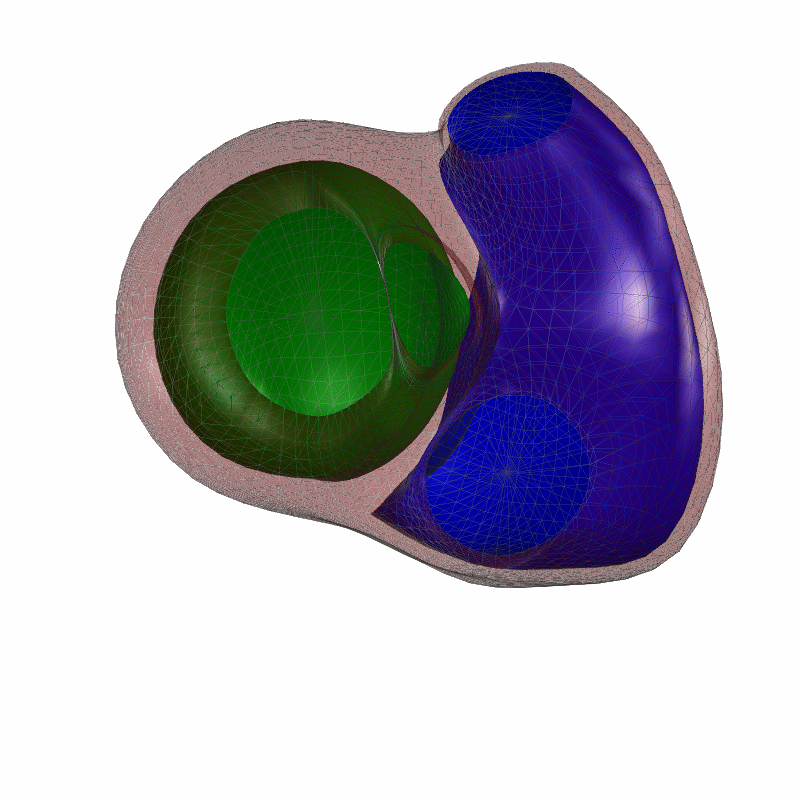
Basal View
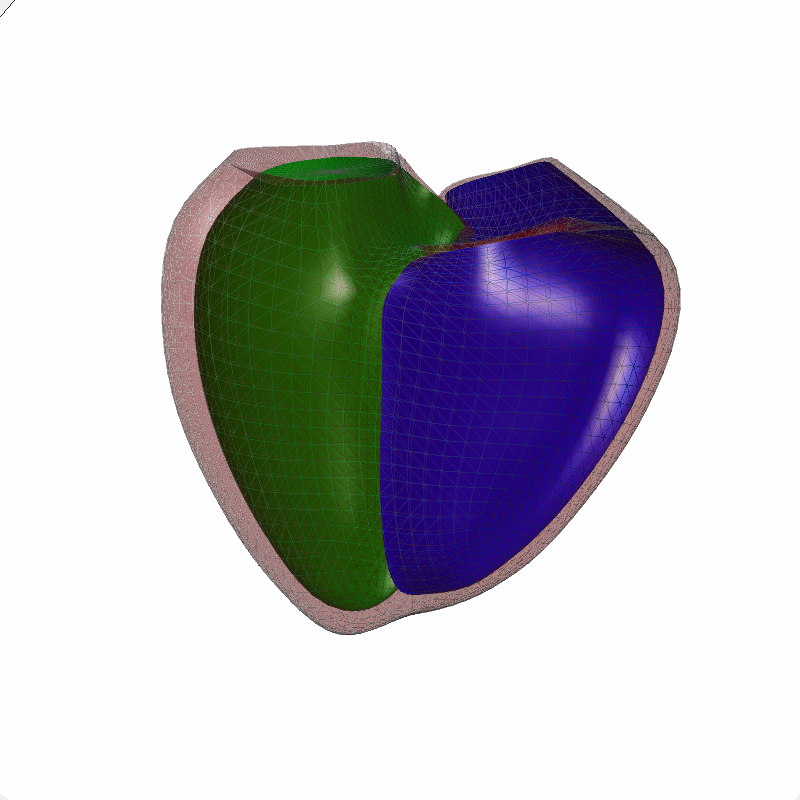
Posterior View
PCA Mode 7 showing variations in the right ventricular inferior margin bulging
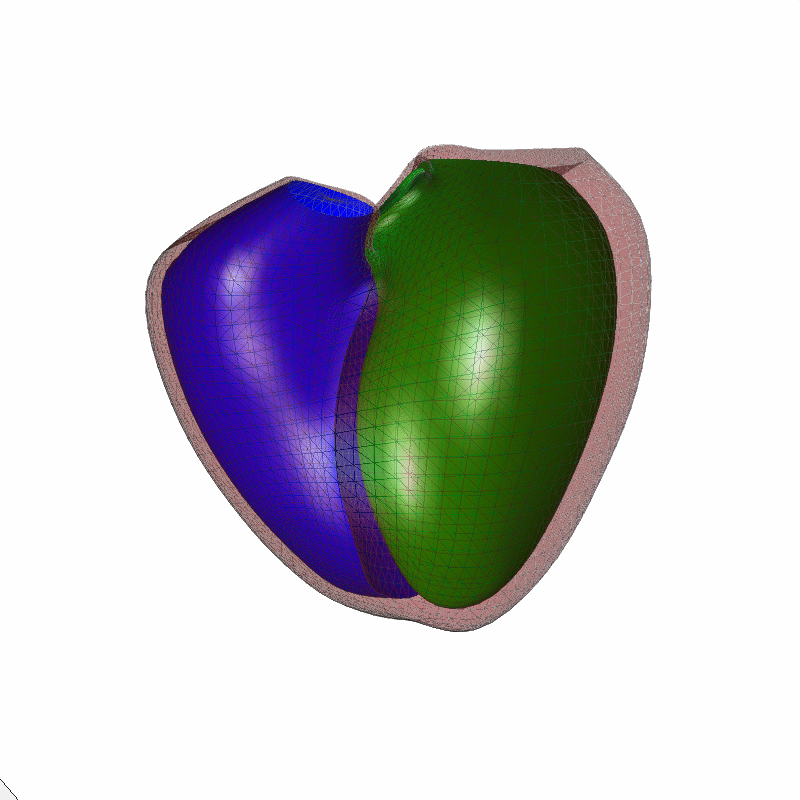
Anterior View
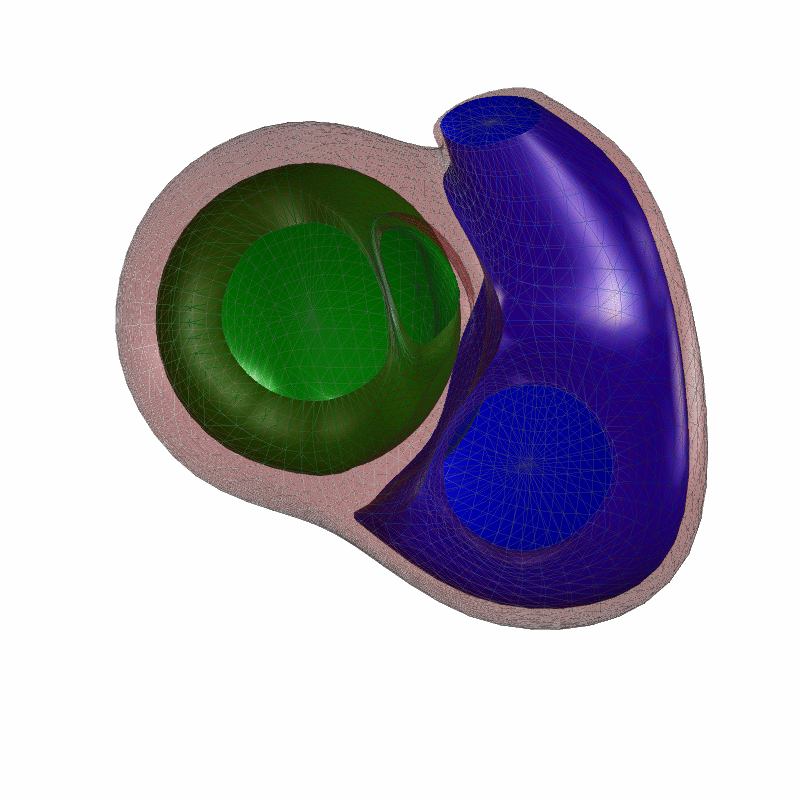
Basal View
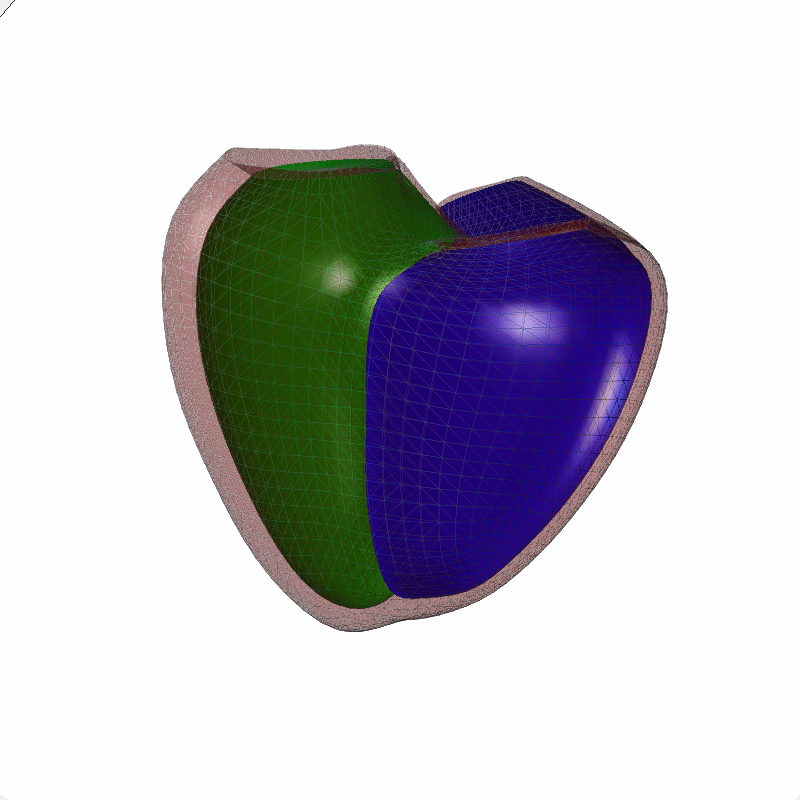
Posterior View
PCA Mode 8 showing variations in the left ventricular morphology
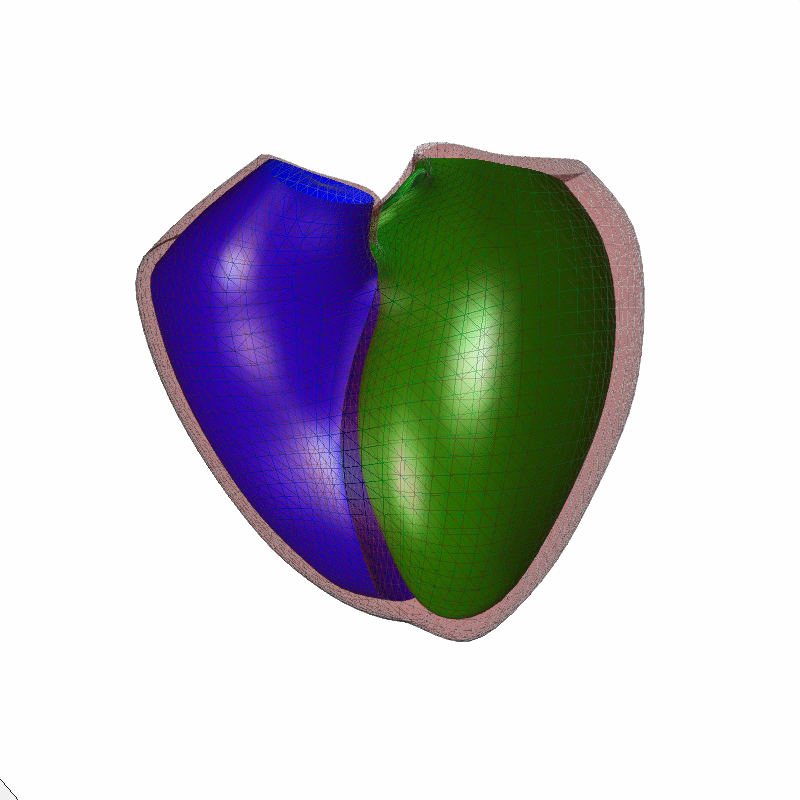
Anterior View
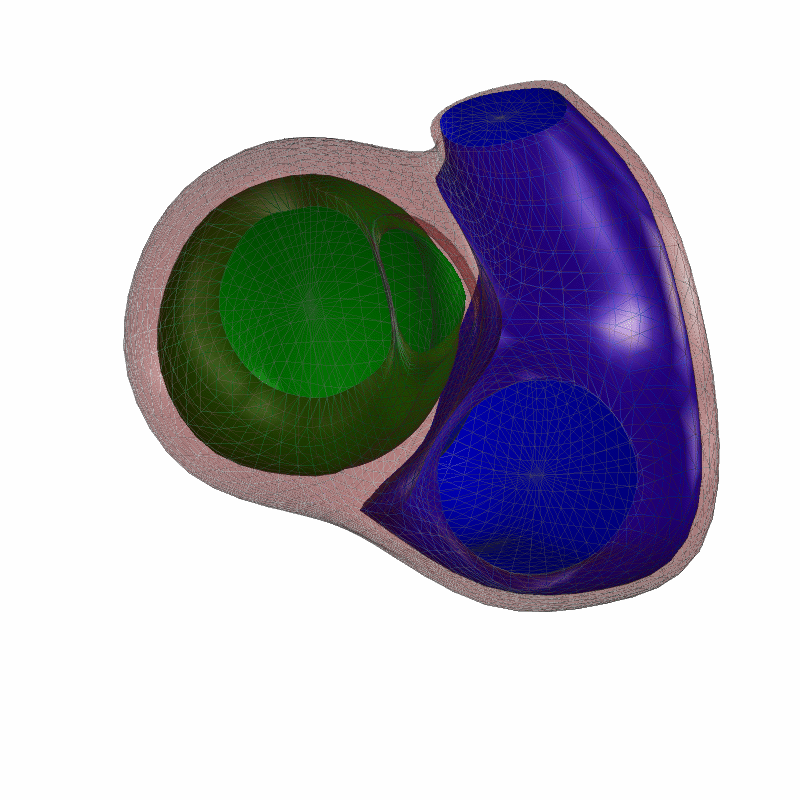
Basal View
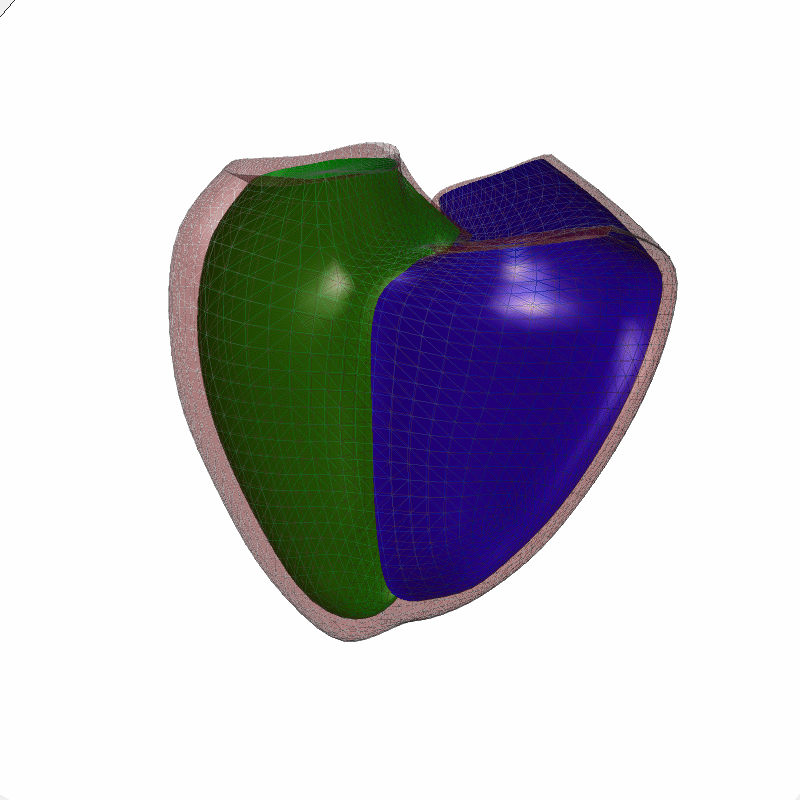
Posterior View
PCA Mode 9 showing variations in relative left ventricular size/length
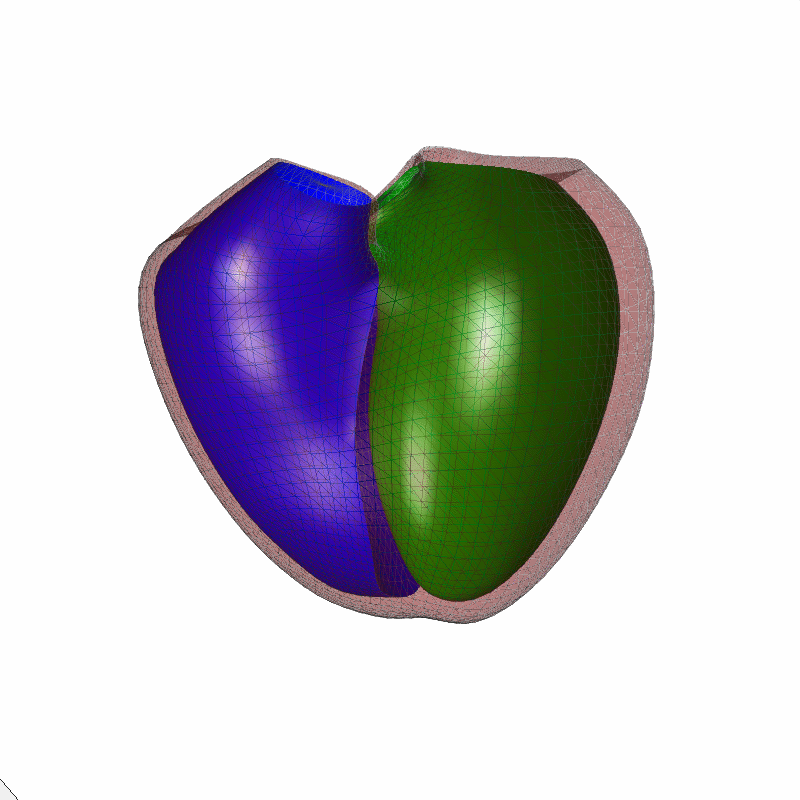
Anterior View
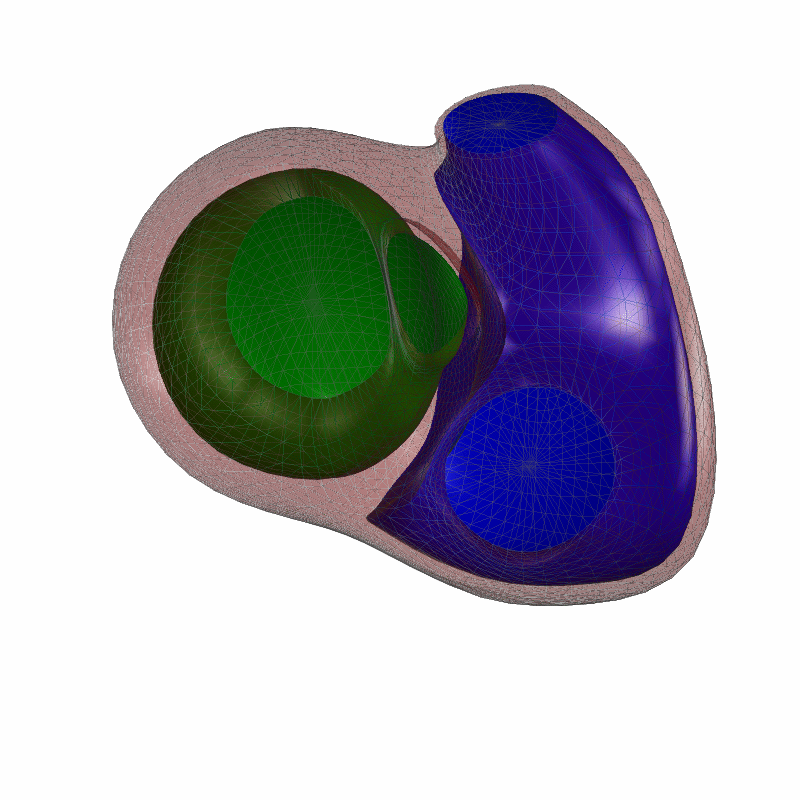
Basal View
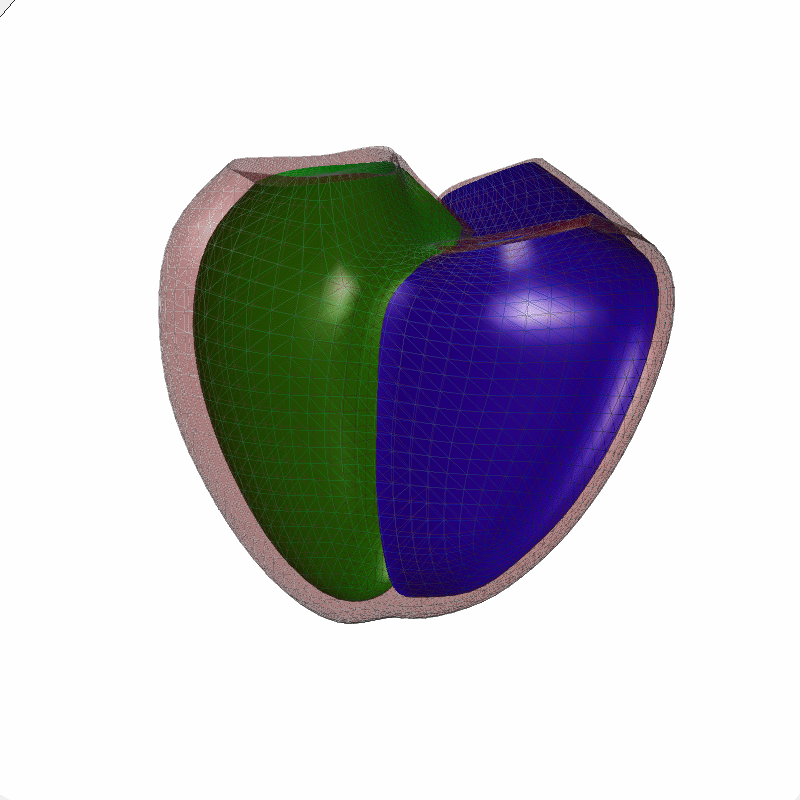
Posterior View
PCA Mode 10 showing variations in the left ventricular apical displacement in the lateral direction
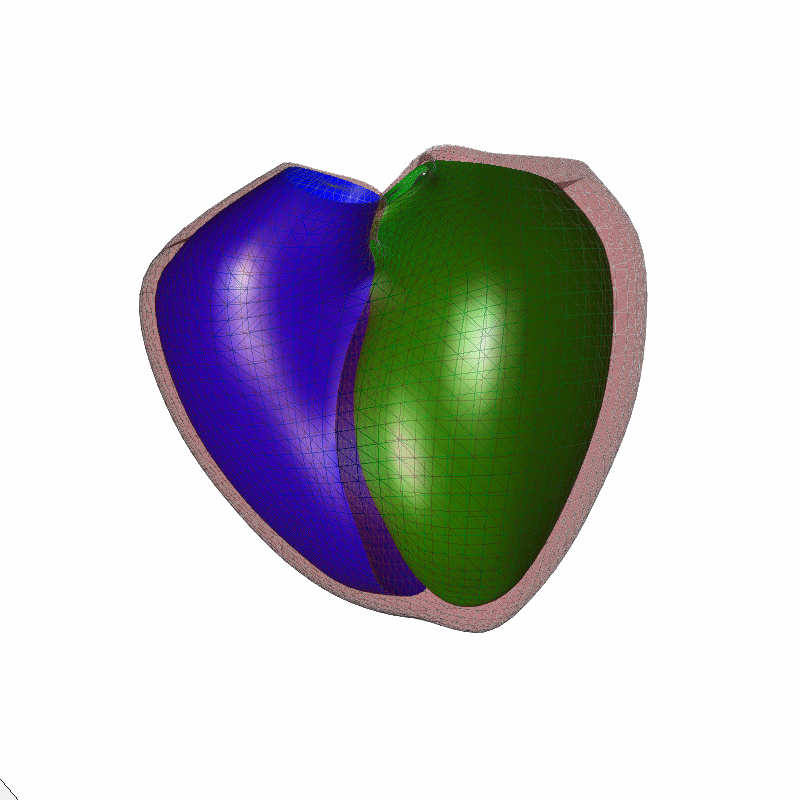
Anterior View
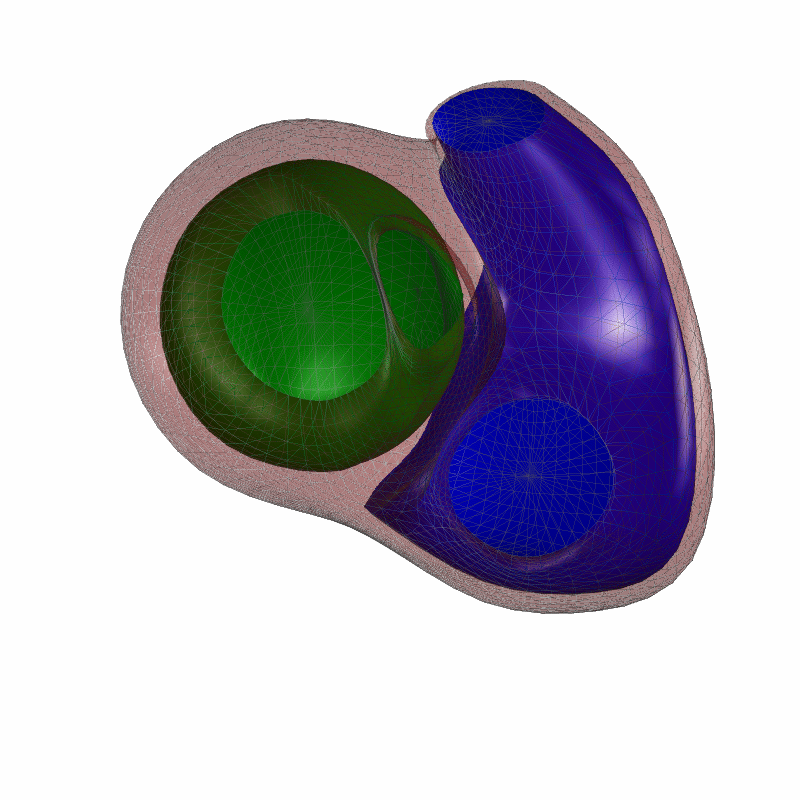
Basal View
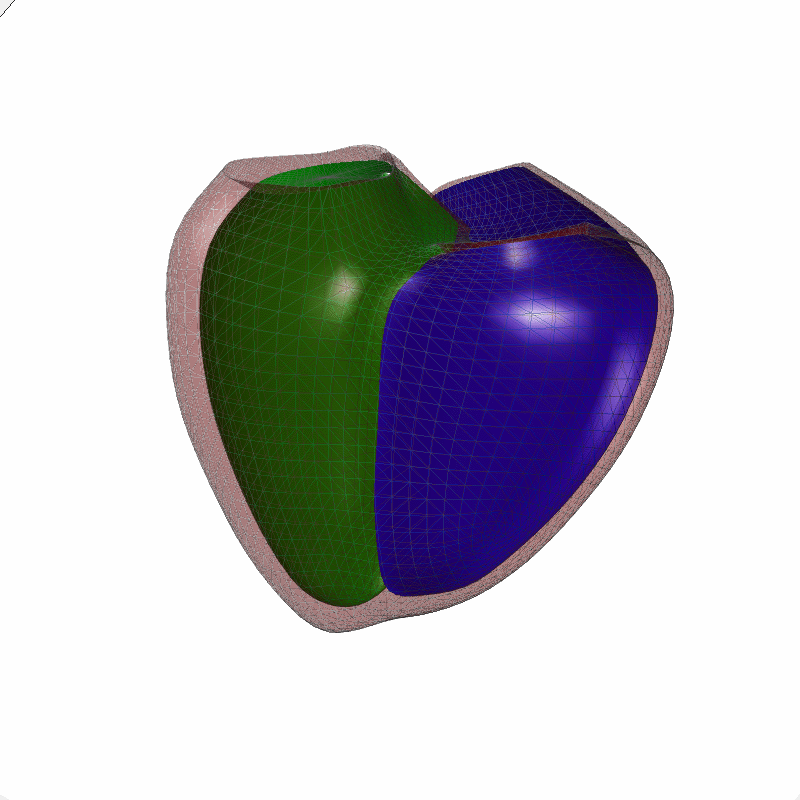
Posterior View